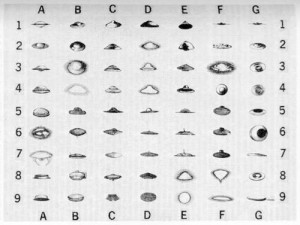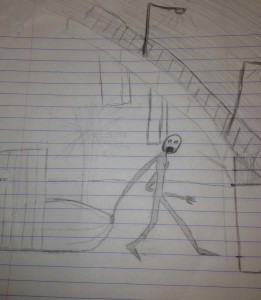On April 30, 2012, the Center for Inquiry (CFI) filed suit against a Michigan country club for religious discrimination and breach of contract after the club cancelled an event because of the attendees’ lack of religious beliefs.
CFI is charging the Wyndgate Country Club in Rochester Hills, Michigan, and its owner with violation of the Civil Rights Act and with breaking its contract with CFI’s Michigan branch. The Wyndgate cancelled a scheduled CFI–Michigan event to be held October 12, 2011, that would have included an address by Richard Dawkins.
The Wyndgate justified breaking its contract by stating that “the owner does not wish to associate with certain individuals and philosophies,” referring to the “philosophies” of Professor Dawkins and other nonbelievers. The expressed reasoning for the cancellation specifically referenced Dawkins’ October 5, 2011, appearance on The O’Reilly Factor, during which Dawkins’ atheism was central to the conversation. Wyndgate thus denied use of its public accommodations entirely on the basis of religion.
“This was to be an opportunity for friends to gather, enjoy each other’s company, and hear from one of their favorite authors, an internationally renowned professor; but the Wyndgate opted to breach its contract simply because atheists would be taking part,” said Steven Fox, Legal Director for CFI. “If this kind of discrimination was directed at any religious group there would rightfully be no end to the outrage. The fact that the victims are nonbelievers makes it just as wrong, just as unacceptable, and just as unconstitutional—and we will not let it stand.”
Since filing suit, the case has been featured in media coverage by such outlets as The Detroit News, The Oakland Press, MLive, and WJR’s Frank Beckman Show.
* * *
The Center for Inquiry (CFI) is a nonprofit educational, advocacy, and research organization based in Amherst, New York; it is also home to both the Committee for Skeptical Inquiry and the Council for Secular Humanism. The mission of CFI is to foster a secular society based on science, reason, freedom of inquiry, and humanist values. CFI‘s web address is www.centerforinquiry.net.








